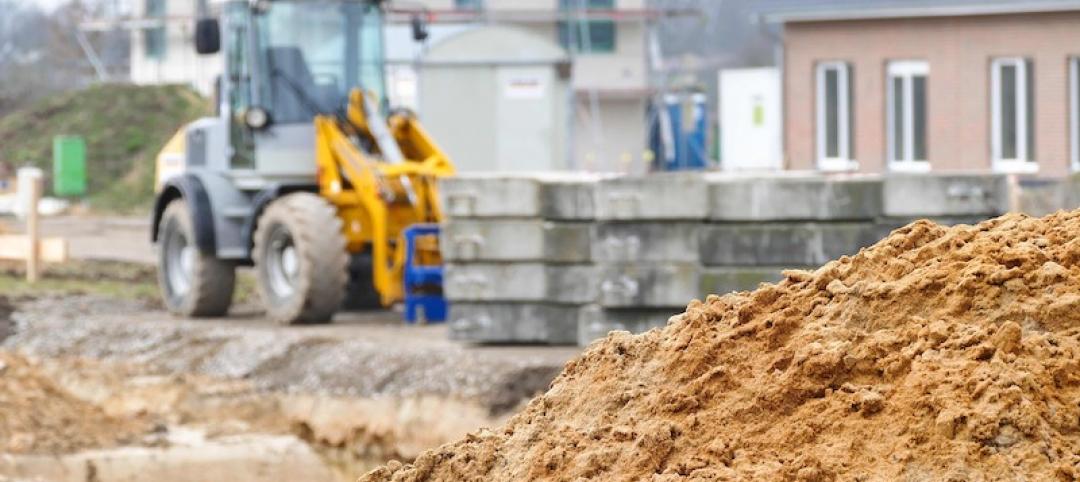The construction industry added 11,000 jobs between June and July but nonresidential construction employment remains far below pre-pandemic levels, according to an analysis by the Associated General Contractors of America of government data released today. Association officials said nonresidential construction has been affected by declining demand for projects, particularly for public infrastructure work, and urged Congress to quickly pass the new bipartisan infrastructure measure.
“Contractors are plagued by soaring materials costs, long or uncertain delivery times, and hesitancy by project owners to commit to construction,” said Ken Simonson, the association’s chief economist. “Recovery has been especially slow in infrastructure construction.”
Construction employment in July totaled 7,421,000, a gain of 11,000 from June, following three months of job losses. However, the rebound was limited to residential and specialty trade contractors, while nonresidential building and infrastructure construction firms continued to shed workers.
Residential building contractors such as homebuilders added 8,300 employees in July, while employment was unchanged among residential specialty trade contractors. The two residential segments have added a total of 58,500 employees, or 2.0%, to their workforce since February 2020.
In contrast, nonresidential building contractors shed 2,500 employees in July. Employment declined by 2,100 among heavy and civil engineering construction firms—the segment most involved with infrastructure. Nonresidential specialty trade contractors added 7,500 employees in the month. Following the huge loss of jobs between February and April 2020 at the beginning of the pandemic, infrastructure contractors have added back only 37% of lost jobs. Nonresidential building and specialty trade contractors have each regained about 60% of lost workers, while the total nonfarm payroll economy has recouped 75% of workers.
Simonson observed that an unprecedented number of materials are experiencing extreme price increases and long lead times for production or delivery to project sites. These problems mean fewer construction workers are being employed and some owners are delaying project starts, adding to the drag on industry employment. The economist noted that the association has just updated its Construction Inflation Alert, a guide to inform owners, officials, and others about the cost and supply-chain challenges.
Association officials noted the new infrastructure measure boosts federal investments in a wide range of infrastructure projects, which will help generate new demand in the nonresidential sector. They added the bill appears likely to pass in the Senate but that some members of the House want to delay action on the bipartisan measure until passing an unrelated, partisan, spending bill.
“The last thing Washington should be doing is holding up a much-needed, bipartisan infrastructure bill while commercial contractors struggle to add jobs,” said Stephen E. Sandherr, the association’s chief executive officer.
Related Stories
Market Data | May 29, 2020
House-passed bill making needed improvements to paycheck protection program will allow construction firms to save more jobs
Construction official urges senate and White House to quickly pass and sign into law the Paycheck Protection Program Flexibility Act.
Market Data | May 29, 2020
7 must reads for the AEC industry today: May 29, 2020
Using lighting IoT data to inform a safer office reentry strategy and Ghafari joins forces with Eview 360.
Market Data | May 27, 2020
5 must reads for the AEC industry today: May 28, 2020
Biophilic design on the High Line and the office market could be a COVID-19 casualty.
Market Data | May 27, 2020
6 must reads for the AEC industry today: May 27, 2020
AIA's COTE Top Ten Awards and OSHA now requires employers to track COVID-19 cases.
Market Data | May 26, 2020
6 must reads for the AEC industry today: May 26, 2020
Apple's new Austin hotel and is CLT really a green solution?
Market Data | May 21, 2020
7 must reads for the AEC industry today: May 21, 2020
'Creepy' tech invades post-pandemic offices, and meet the new darling of commercial real estate.
Market Data | May 20, 2020
6 must reads for the AEC industry today: May 20, 2020
A wave 'inside' a South Korean building and architecture billings continues historic contraction.
Market Data | May 20, 2020
Architecture billings continue historic contraction
AIA’s Architecture Billings Index (ABI) score of 29.5 for April reflects a decrease in design services provided by U.S. architecture firms.
Market Data | May 19, 2020
5 must reads for the AEC industry today: May 19, 2020
Clemson's new mass timber building and empty hotels as an answer for the affordable housing shortage.
Market Data | May 18, 2020
5 must reads for the AEC industry today: May 18, 2020
California's grid can support all-electric buildings and you'll miss your office when it's gone.

















